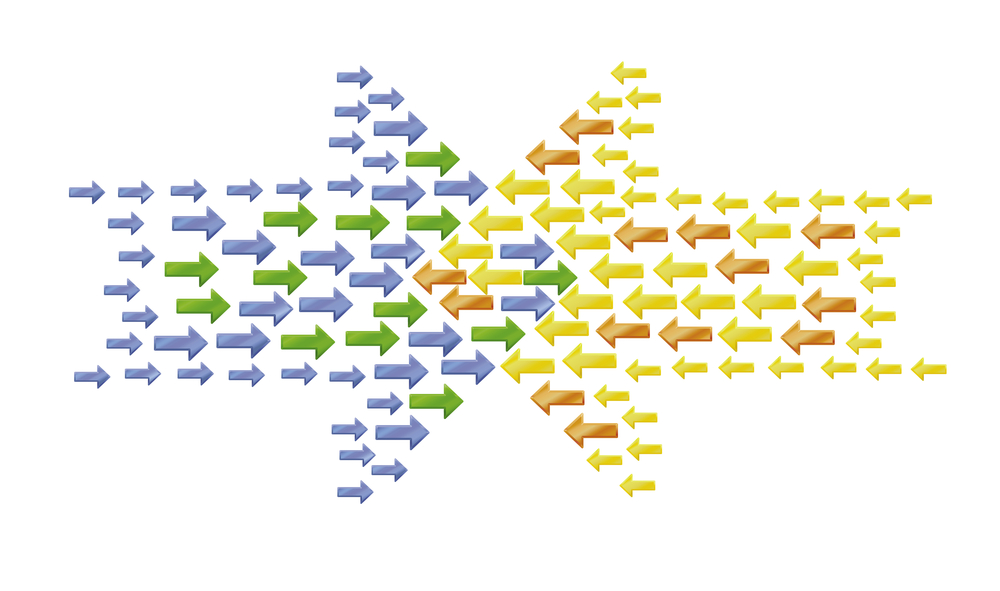
The people side of mergers
Nov 23rd
Most M&As are a mixture of planning and chaos. Have you noticed, however, that those involved, looking back once the dust has settled, often forget the chaotic bits, and tell the story as if it all went according to plan in the end.
In reality, integration plans are constantly changed in order to take advantage of unforeseen opportunities or problems. Synergies which rely on people changing their behavior and ways of working often prove to be much harder than expected to realise in practice. And the challenge for leaders tackling M&As is that most of the synergies they need to bank in order for the deal to add value for shareholders rely not on financial engineering, or restructuring, or even on a sexy new combined name for the merged entity. No, they rely on people.
Marty Linsky and Ron Heifetz observe that leaders are often expected to know the answer, and therefore end up behaving as if they do, so as not to disappoint their people. In M&As this is particularly prevalent because people really want to believe that everything is going according to a grand plan, even when there is no evidence of its existence. The medium to long term benefits of merging intangible assets (which rely on people usually) come from emergent processes which allow people to push the boundaries, working together in new ways, contributing their ideas and insights, and gradually bringing their discretionary energy to bear at work.
So what? Well, if you are thinking about acquiring, merging or even selling, and if your intuition tells you that there might be valuable benefits in corporate brands, reputation, new streams of revenue, new management competencies, business processes, unique skills, customerrelationships, or management resources, then you are in the game of harnessing people’s intellects, emotions and imaginations. This is not easy to pull off.
The top tips are:
- Remember what my grandma always used to say, “there’s none so funny as folk”
- Allow time for things to iterate, and for new ways of working to emerge, but within a planned overall strategy
- Be honest about what you know and what you don’t know– accept that leaders don’t know all the answers
- Get people from all sides involved early on together so that the emergent process can proceed as quickly and fruitfully as possible.
And lastly, don’t underestimate the long-term benefits of thesesynergies, because they will dwarf anything you get from cost cutting.
This article is filed under: Leading change, Mergers and acquisitions

